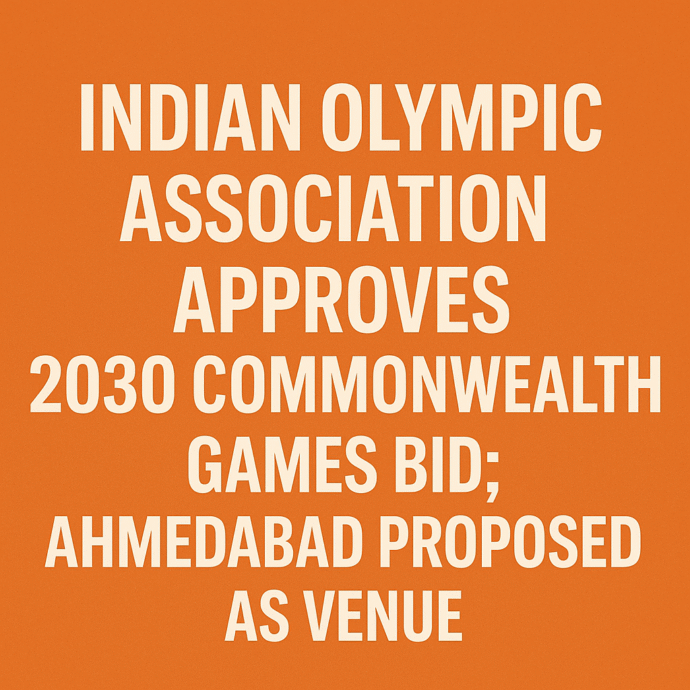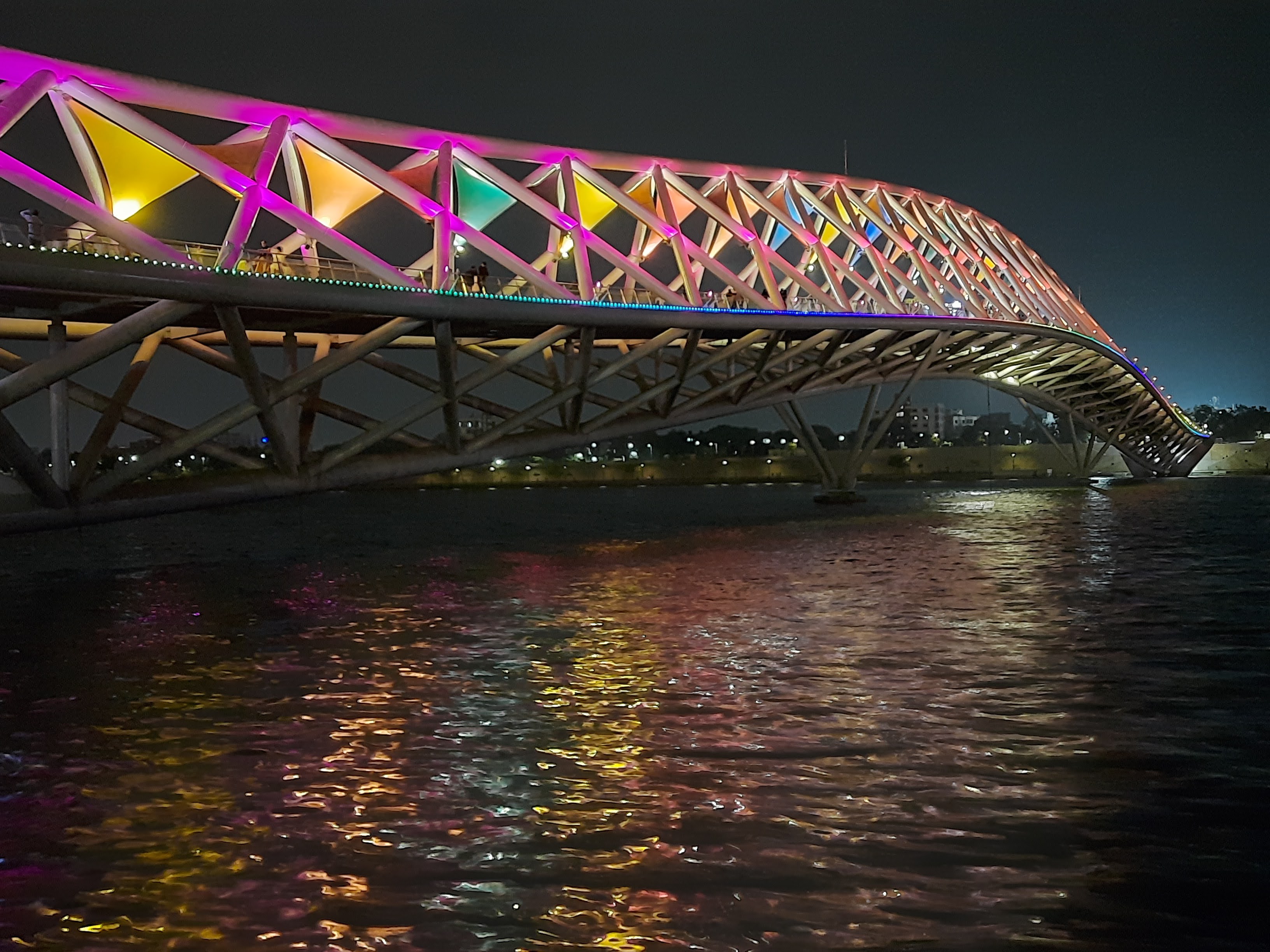ahmedabad to host the 2030 commonwealth games: will it really move the urban needle?

The Indian Olympic Association has officially thrown India’s hat into the ring for the 2030 Commonwealth Games, approving the country’s bid at a special meeting this week. If the bid succeeds, Ahmedabad will take centre stage as the proposed host city—putting it in line for a potential urban makeover on a global sporting deadline. Recently, Canada pulled out of the race; India’s chances of getting the 2030 CWG have brightened.
The final decision is due this November, but the buzz has already begun. The big question: Will the Games really propel urban development—or just give us shiny stadiums and a hefty bill?
What big sporting events usually change
Across the world, mega sporting events have been catalysts for fast-tracking urban projects. Some hits, some misses:
Transport Wins
The Gold Coast 2018 Commonwealth Games did more than bring athletes and cameras—it brought deadlines. Stage 2 of the G:link Light Rail, a 7.3 km stretch linking Helensvale heavy rail station to the Gold Coast University Hospital and key Games venues, was completed months ahead of schedule.
Before 2018, a trip from Brisbane to Southport meant an awkward bus transfer. Now, commuters glide straight from train to tram, making travel faster and more reliable. Ridership has grown every year, proving it’s not just a Games gimmick—it’s an everyday workhorse for students, healthcare workers, and office-goers. The upgraded connection has also sparked new housing, retail, and health precincts along the route.
Housing Legacies
When the Glasgow 2014 Commonwealth Games ended, the Athletes’ Village didn’t become a ghost town. Instead, it was transformed into around 1,400 homes—a mix of private and affordable housing—in the long-neglected district of Dalmarnock. Before the Games, the area struggled with disinvestment and low-quality housing; today, it has modern homes, improved public spaces, and new community facilities.
This didn’t happen by accident. Glasgow had a legacy plan from day one, with designs that met residential standards, not just temporary athlete needs. The result is a neighbourhood where kids play in safe parks and families have better access to services—proof that athlete housing can become a community cornerstone when planned with foresight.
Stadium Repurposing
Hosting the Manchester 2002 Games could have left the city with a white-elephant main stadium. Instead, the venue was smartly converted into what is now Etihad Stadium, home of Manchester City Football Club. The surrounding “Sportcity” precinct became a hub for sports, leisure, and business, attracting year-round foot traffic.
Crucially, this redevelopment was tied to East Manchester’s regeneration strategy, which brought in jobs, improved transport, and upgraded public amenities. While not every resident benefited equally, the transformation of a Games venue into a commercially viable asset is a model for avoiding post-event abandonment.
Economic Bumps
The Birmingham 2022 Games were pitched as a boost for the Midlands—and, according to the official evaluation, they delivered an estimated £1.2 billion to the UK economy. That figure includes visitor spending, job creation, and business contracts tied to the event. The Games also brought tangible upgrades, like the revamped Alexander Stadium and the new Sandwell Aquatics Centre, both of which remain in community use.
Sceptics will rightly point out that such figures often come from host-published reports, but there’s no denying that short-term spending combined with lasting infrastructure can lift a city’s profile and confidence—if costs are controlled.
Risks and Red Flags
The Delhi 2010 Games are a cautionary tale. Yes, they brought metro expansion, road overhauls, and the Airport Express line (albeit late), but they were also marred by cost overruns, corruption allegations, and mass evictions that displaced thousands from informal settlements. Many venues have struggled for steady use since.
The lesson is blunt: big events can create big benefits, but without transparency, community safeguards, and a realistic plan for what happens after the closing ceremony, the gains are fragile and the social costs can be high.
South Asia’s only example: Delhi 2010
Delhi’s experience is a mixed bag.
The Games did accelerate metro expansion and roadworks, giving the city lasting infrastructure. But they also left scars—displacement of vulnerable communities, under-utilised venues, and a cloud of corruption allegations.
The takeaway? Hosting can help—but only if the legacy plan is watertight and community-centric.
Ahmedabad’s opportunity (and warning signs)
Ahmedabad isn’t starting from zero. The city already has the Janmarg BRTS, an expanding Metro with Phase 2 connecting to Gandhinagar and GIFT City, and the sprawling Sardar Vallabhbhai Patel Sports Enclave in Motera.
The Games could act like a pressure cooker, condensing a decade’s worth of projects into a few years. That can be a blessing or a disaster, depending on the choices made now.
Ahmedabad already has some pieces in place.

If the city wins the bid, here’s how to make sure we remember the Games for the right reasons:
Transit before tarmac
Venues and the Athletes’ Village should be locked into metro and BRT corridors from the start. This guarantees that investments serve residents long after the Games. Walkable last-mile connections, shaded cycle tracks, and pedestrian-friendly riverfronts will outlast any temporary traffic diversions.
Athletes’ Village = Future Neighbourhood
The Village should be designed as mixed-income housing with schools, clinics, and local jobs within walking distance. Glasgow’s Dalmarnock and Gold Coast’s Smith Collective show how this can deliver lasting value. Without this approach, the Village risks becoming a disconnected high-rise cluster with little community integration.
Legacy-first planning
Ahmedabad should publish a 2030 Legacy Plan now, with clear, measurable targets:
- Permanent housing units delivered
- Percentage of Games trips via public transport, walking, or cycling
- Increase in green cover and shaded public spaces
- Local jobs created during and after the Games
Annual public reporting on these targets can keep the process honest.
Guard against displacement
The Games must not push out the very communities they claim to inspire. No forced evictions. In-situ upgrades where possible. Fair and transparent relocation when necessary. Delhi’s 2010 mistakes should not be repeated.
Spend where it matters
Every Games project should pass the “2031 test”—if it’s not needed after the Games, it’s not worth building for the Games. Focus on water supply, sewage, flood resilience, and green public spaces along the Sabarmati.
Independent oversight
A lean, independent audit board separate from the organising committee could prevent cost overruns and procurement scandals. The Games deadline should be a catalyst, not a countdown to chaos.
The bottom line for the Commonwealth Games in Ahmedabad. Mega-events aren’t magic wands.
If Ahmedabad treats the Commonwealth Games as a city-building project first and a sports event second, the real winners could be the people who live here long after the medals are packed away.
Mega sports events don’t transform cities on their own—they just set hard deadlines. Ahmedabad could use those deadlines to tie sport to real, lasting benefits: better transit, more housing, greener streets. Or we could repeat Delhi’s mistakes with white-elephant stadiums and social costs.
The choice is ours well before the first athlete lands in 2030.
